Click on images to enlarge
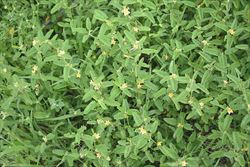
infestation (Photo: Sheldon Navie)
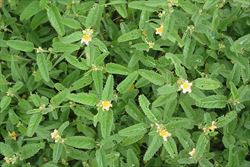
habit (Photo: Sheldon Navie)
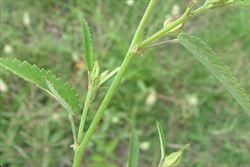
close-up of finely hairy stems and relatively long leaf stalks (Photo: Sheldon Navie)
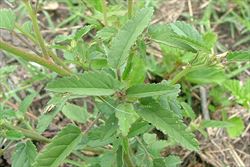
leaves (Photo: Sheldon Navie)
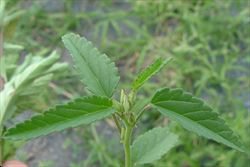
close-up of leaves (Photo: Sheldon Navie)
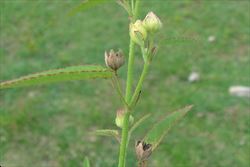
immature and mature fruit (Photo: Sheldon Navie)

seedling (Photo: Sheldon Navie)

close-up of mature fruit with 'seeds' (Photo: Sheldon Navie)
Scientific Name
Sida spinosa L.
Family
Malvaceae
Common Names
false mallow, Indian mallow, prickly fanpetals, prickly mallow, prickly sida, prickly-mallow, spiny sida, teaweed, thistle mallow
Origin
The exact origin of this species is obscure, but it is thought to have come from tropical America. It is sometimes regarded as being native to large parts of northern and eastern Australia (i.e. in northern and north-western Western Australia, the northern and central parts of the Northern Territory, Queensland, and some parts of northern and eastern New South Wales), but it may be an early introduction to Australia.
Naturalised Distribution
It is regarded by many as being widely naturalised throughout northern and eastern Australia (i.e. Queensland, northern and central New South Wales, northern and north-western Western Australia, and the northern and central parts of the Northern Territory).
Also naturalised on several Pacific islands (i.e. French Polynesia, Hawaii, Nauru, New Caledonia and Tonga).
Notes
Spiny sida (Sida spinosa) is a widespread weed of crops, pastures, roadsides, disturbed sites and waste areas in northern Australia, but also grows in grasslands, open woodlands and in riparian areas. It is often regarded as an environmental weed in Queensland, particularly in the rangeland areas of central and northern Queensland.

